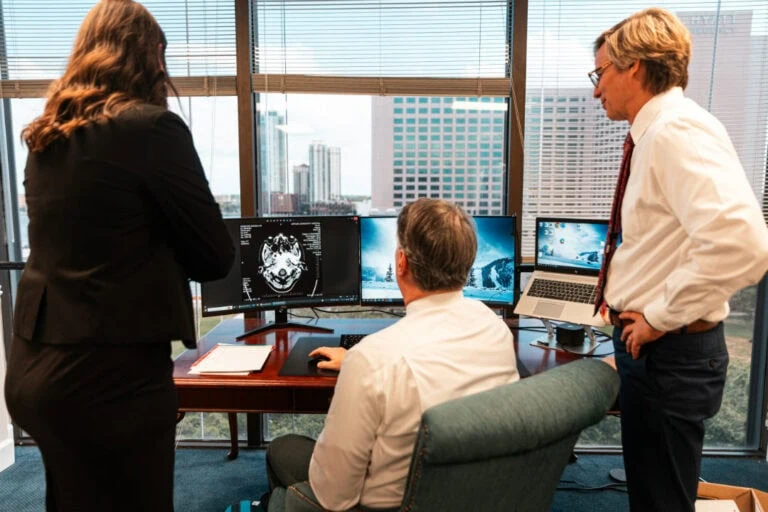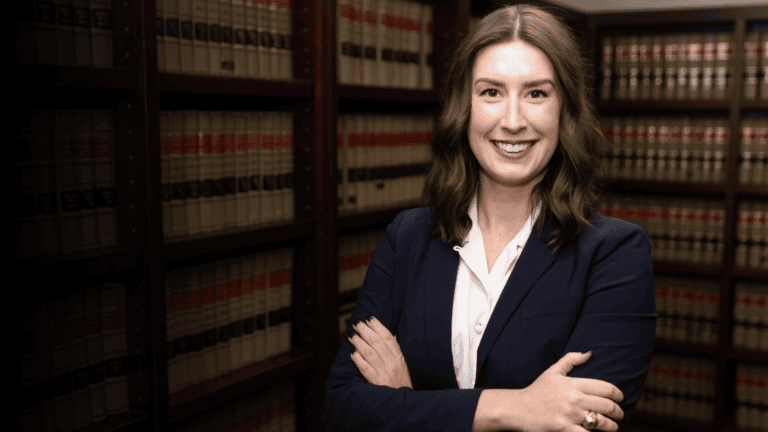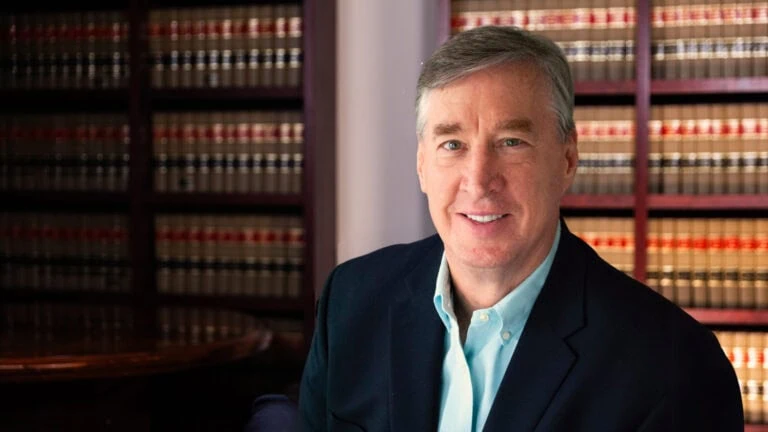Primary Stroke Centers may not be good enough anymore
Introduction
We have now represented numerous stroke patients and no matter how large a recovery is obtained in their lawsuits, no one has ever said that having the stroke was worth it. Universally every client has said that they would gladly give all of the money back if things could be as they were before the stroke. Stroke is the number one cause of disability in the United States and the number 2 cause of death in the world. Stroke victims who do survive can be left with one or more of the following disabilities: paralysis of an arm and/or leg; difficulty speaking; damaged thought processes; and vision problems. This is another in a series of articles we are posting to help our friends and clients avoid becoming involved in a future stroke malpractice lawsuit.
Treating acute stroke patients with clot busters
The clot busting drug tPA causes clots to dissolve. It has been shown to reduce the damaging effects of stroke when given as early as possible after the onset of stroke symptoms. Once 4 ½ hours have passed after a stroke began, tPA is no longer considered safe to give intravenously. tPA, and every other known treatment to restore blood flow to the brain and prevent future strokes, is more effective the earlier it is started. Public health campaigns such as “Time is Brain,” “Time Lost is Brain Lost,” and “FAST (Facial droopiness, Arm weakness/numbness, Speech difficulties & Time)” were therefore designed to teach the warning signs and symptoms of stroke and emphasize the need for immediate emergency care. Without prompt treatment, many people who suffer an acute stroke will die or be permanently disabled.
Since the United States Food & Drug Administration approved the clot busting drug tPA in 1996, many states have implemented plans that require local Fire Rescue Departments to take patients suffering an acute stroke to the Emergency Department of a certified stroke center hospital. There are two levels of certified stroke centers: Comprehensive Stroke Centers and Primary Stroke Centers. As the name implies, Comprehensive Stroke Centers offer the most advanced treatments for stroke, which now includes endovascular interventions which can physically remove a clot causing a stroke. In contrast, some Primary Stroke Centers do not offer such advanced treatments and are limited to offering intravenous tPA only.
Tremendous improvement in restoring blood flow to the brain of a stroke victim
The results of six studies have been published recently which will dramatically change acute stroke care in the United States. First the good news: It has now been definitively proven that patients suffering the type of acute ischemic stroke that produces the most devastating disabilities fare much better when they undergo endovascular intervention after they have been given tPA intravenously. (Endovascular intervention involves removing the clot that is the stroke with a tiny tool that is advanced into the affected artery.) One of these studies had early results that was so overwhelmingly successful that the study was halted early so that the results could be immediately incorporated into current stroke care. These studies have resulted in the issuance of updated guidelines for the management of patients suffering a stroke caused by a clot in the brain.
Emergency Medicine physicians no longer endorse aggressive use of clot busters
Now the bad news. In late June, the American College of Emergency Physicians, an organization consisting of the first doctors who will see acute stroke patients taken to the Emergency Department of a Primary Stroke Center, published new guidelines tempering the aggressive use of tPA by its members. The new guidelines were a departure from an earlier version issued in 2013 that were developed with the American Academy of Neurologists which endorsed the aggressive use of tPA in the treatment of acute ischemic stroke. In response to overwhelming objections raised by a majority of the ACEP’s membership to the 2013 guidelines, the ACEP released the new guidelines without the input of the neurologists – the experts in treating patients suffering an acute stroke. Clearly, the Emergency Room doctors and the stroke specialists are going in different directions when it comes to stroke care.
How can an acute stroke victim get the best care?
All Comprehensive Stroke Centers offer tPA and endovascular interventions; however, not all Primary Stroke Centers offer endovascular intervention. If you, or a loved one, begin exhibiting the warning signs of stroke, insist on being immediately taken to a Comprehensive Stroke Center. This link will help you locate the closest Comprehensive Stroke Care Center to your home.
Matt Sowell is a Board Certified Civil Trial Lawyer who focuses his practice on medical malpractice and catastrophic personal injury claims, particularly those where the client has suffered a stroke. Matt is a national leader in stroke litigation, having served as the founding chairman of the Stroke Litigation Group of the largest organization of trial attorneys in the United States.
References:
Clot-removal devices now recommended for some stroke patients.
Breaking News: ACEP – Minus the Neurologists – Tempers its tPA Policy.






